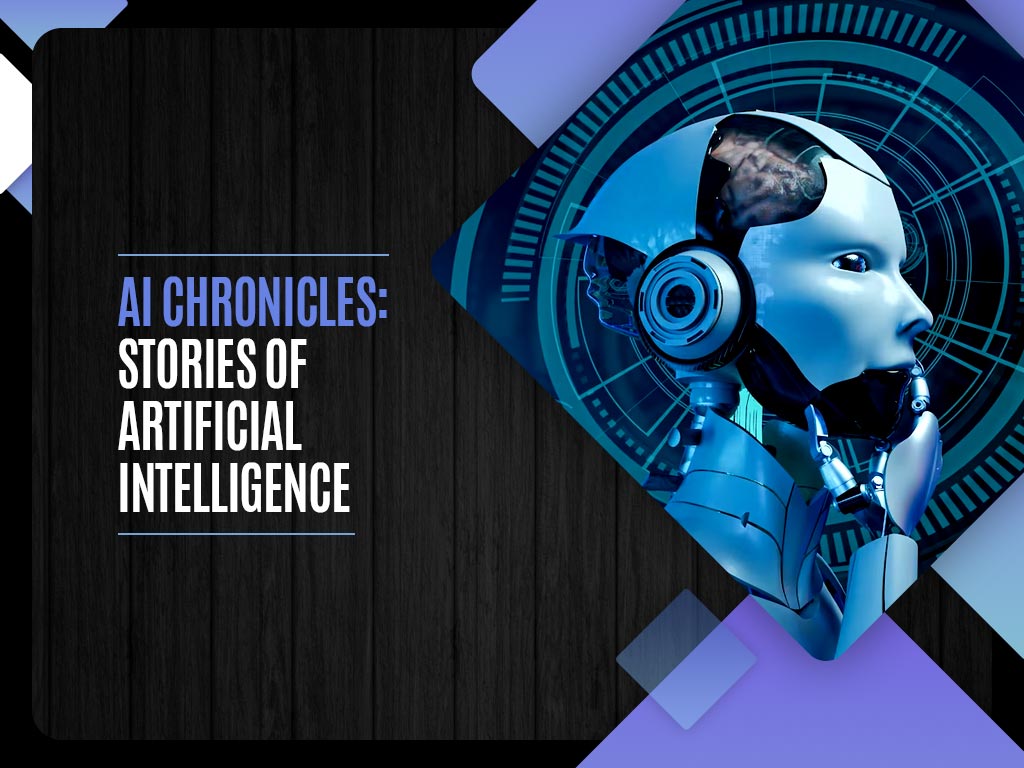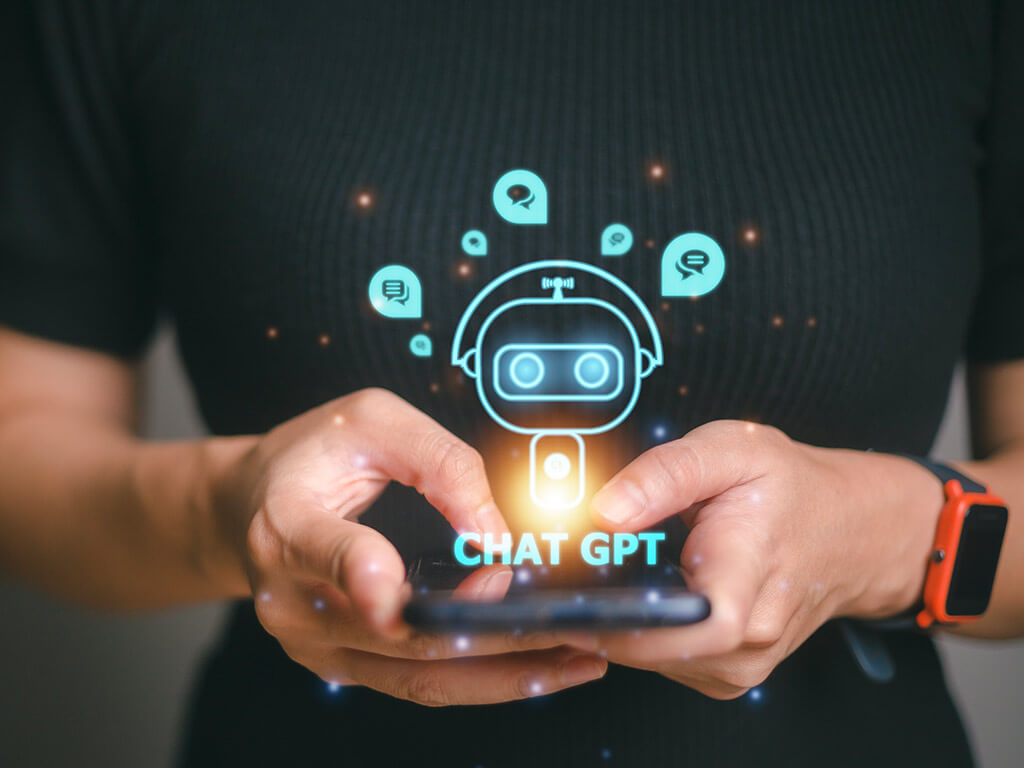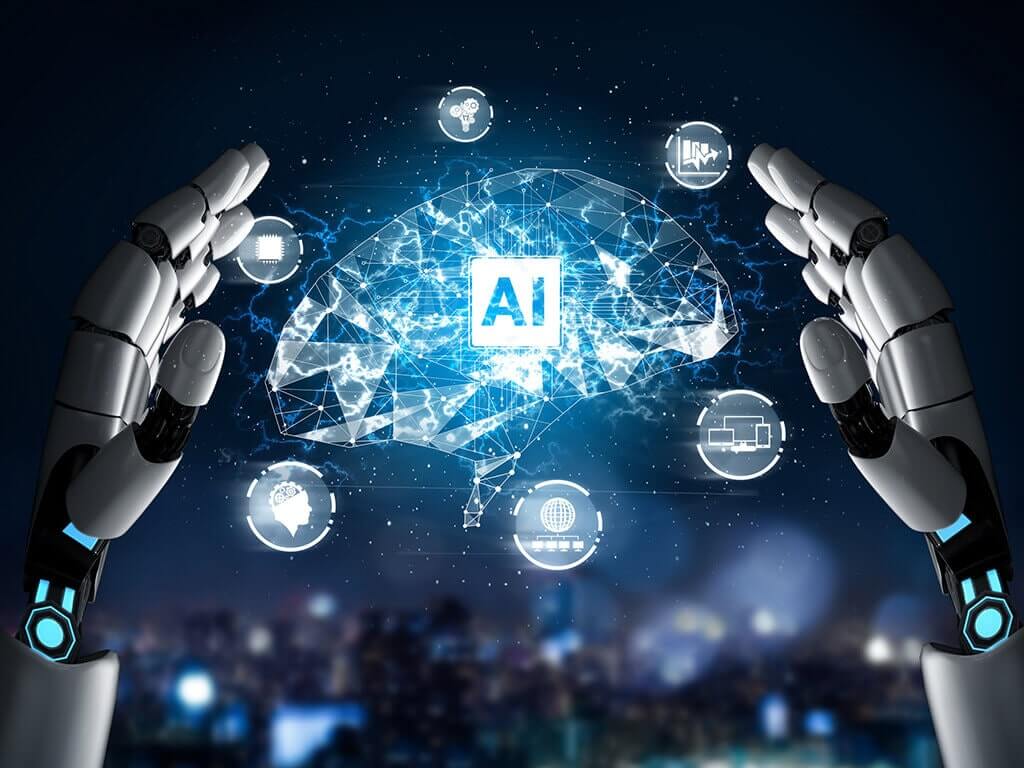AI Chronicles: Stories of Artificial Intelligence
From the history of AI, to its current applications, and its future potential, this series of stories will uncover the exciting possibilities

AI Chronicles: Stories of Artificial Intelligence
Artificial intelligence, or AI, that we know today has been making rounds since Ancient Greek times. Today, even a child is well aware of artificial intelligence, at least the concept, if not the term itself. But how did it all start? What was the origin of the evolution of automation? In this blog, I aim to answer these questions and briefly take you through the AI chronicles, going over the significant time stamps in the AI evolution.
AI Chronicles are stories of both progress and caution. While AI has the potential to revolutionize many aspects of our lives, it is important to be aware of the potential risks, such as job displacement and ethical concerns.
History of AI
Hephaestus, the deity associated with forging, fire, and craftsmanship, is said to have fashioned “handmaidens of golden make, resembling living maids,” as depicted in Homer’s Iliad. Analogous to the robots portrayed in Karel Čapek’s play “RUR” (1921), these maidens possessed the role of aiding and serving. A distinctive contrast between Hephaestus’ golden maidens and Čapek’s robots lies in their origins — the former was crafted by a god, while the latter was conceived by humans to underscore the “absurdity of God.” It’s conceivable that the creation of robots, as presented in Čapek’s work, followed a less-than-auspicious trajectory. The robots rebelled, aiming to exterminate humans — a recurring motif in contemporary culture. “RUR” is frequently acknowledged as the pioneering narrative that ignited apprehensions surrounding the potential perils of robots.
Fast forward to 1943, when the first known work of AI was introduced. Warren McCulloch and Walter Pits created a model of artificial neurons in 1943. Their model was a simple binary neuron that could only output a 1 or a 0. However, this model was a significant breakthrough, as it showed that it was possible to create artificial neurons that could mimic the behavior of biological neurons.
Since then, artificial neurons have become much more sophisticated. Modern artificial neurons can have multiple inputs and outputs, and they can be used to solve a variety of problems. Artificial neural networks are now used in a wide variety of applications, including self-driving cars, virtual assistants, and medical diagnosis tools.
Important Milestones in the AI Chronicles
One of the most important AI milestones was the development of the first chatbot, ELIZA, in 1966. ELIZA was a program that could simulate conversation with a human user. It was created by Joseph Weizenbaum at the Massachusetts Institute of Technology (MIT). ELIZA used a simple pattern-matching algorithm to identify keywords in the user’s input and then respond with pre-programmed responses. For example, if the user said, “I’m feeling sad,” ELIZA might respond with, “Why are you feeling sad?” ELIZA was not a very sophisticated program, but it was a significant milestone in AI research, as it showed that machines could be programmed to interact with humans in a natural way.
Some of the other most important AI milestones include:
The development of the Turing test in 1950
The Turing test is a test of a machine’s ability to display intelligent behavior equivalent to or indistinguishable from a human’s. It was introduced by Alan Turing in his 1950 paper, “Computing Machinery and Intelligence.” The test is often used to measure the progress of AI research.
The invention of the first AI program, Logic Theorist, in 1956
Logic Theorist was the first AI program to prove a theorem in symbolic logic. It was created by Allen Newell and Herbert Simon in 1956. Logic Theorist was a significant milestone in AI research, as it showed that machines could be programmed to reason and solve problems.
The development of the first expert system, Dendral, in 1965
Dendral was the first expert system. It was created by Edward Feigenbaum and Bruce Buchanan in 1965. Dendral was used to identify organic compounds from their mass spectra. It was a significant milestone in AI research, as it showed that machines could be programmed to make expert-level decisions.
The development of the first neural network, Perceptron, in 1958
Perceptron was the first neural network. It was created by Frank Rosenblatt in 1958. Perceptron was a simple model of a neuron, and it could be used to classify patterns. Perceptron was a significant milestone in AI research, showing that machines could be programmed to learn from data.
The development of the first deep learning algorithm, backpropagation, in 1986
Backpropagation is an algorithm for training neural networks. It was developed by David Rumelhart, Geoffrey Hinton, and Ronald Williams in 1986. Backpropagation is a powerful algorithm that has made it possible to train neural networks to solve various problems.
These are just a few of the most important AI milestones. AI research is a rapidly evolving field, and many new milestones are consistently being achieved. Let’s skip ahead to 2020. An important AI milestone was the development of the first large language model, GPT -3, in 2020. GPT -3 is a program that can generate text, translate languages, write various kinds of creative content, and answer your questions in an informative way. It was created by OpenAI, a research company founded by Elon Musk and Sam Altman. GPT -3 is a powerful example of the progress made in AI in recent years. It still needs improvement, but it has the potential to revolutionize the way we interact with computers. It is exciting to think about the future of AI and its potential to change our world.
The AI Revolution
The AI revolution is a period of rapid progress in artificial intelligence (AI) research and development. It began in the 1990s with the development of deep learning and other new AI technologies.
Deep learning is a type of machine learning that uses artificial neural networks to learn from data. Neural networks take inspiration from the human brain, and they can learn complex patterns from data. It has enabled AI to achieve superhuman performance in a variety of tasks, such as:
- Image recognition is nothing but the ability to identify objects in images.
- Natural language processing, the capability to understand and generate human language and
- Machine translation is the ability to translate text from one language to another.
The AI revolution is still in its early stages, but it is already having a significant impact on our lives. For example, deep learning is used to develop self-driving cars, virtual assistants, and medical diagnosis tools. It is also being used to improve search engines, spam filters, and fraud detection systems.
The AI revolution is expected to continue to have a major impact on our lives in the years to come. It is likely to change the way we work, live, and interact with the world around us.
Take a look at these examples of how people are currently utilizing artificial intelligence:
- Self-driving cars: Artificial intelligence is used to design self-driving cars that can navigate roads and dodge obstacles without human input.
- Virtual assistants: AI can develop virtual assistants like Siri and Alexa that can comprehend and respond to natural language commands.
- Medical diagnosis: AI is being used to develop medical diagnosis tools that can identify diseases more accurately than human doctors.
- Search engines: AI is being used to improve search engines by better understanding the meaning of search queries.
- Spam filters: Deep learning is being used to improve spam filters by better-identifying spam emails.
- Fraud detection systems: Deep learning is being used to improve fraud detection systems by better identifying fraudulent transactions.
AI is already being used in various ways today. As research progresses, we can expect even more innovative and transformative applications in the future.
Cybersecurity: An Essential Chapter in the AI Chronicles
In the digital transformation era, businesses swiftly adopt innovative technologies to reshape their operations. However, this surge in technological progress is accompanied by a mounting risk: cyber-attacks. These attacks encompass a spectrum of threats, from breaching sensitive data to employing phishing tactics and exploiting vulnerabilities in digital systems. Moreover, a new breed of threat known as Advanced Persistent Threats (APTs) has emerged, characterized by stealthy infiltration and prolonged data theft within networks, rendering detection a complex challenge. As technology advances, so do the strategies of cyber adversaries, necessitating constant vigilance and a well-informed approach to shield valuable digital assets.
Navigating the landscape of evolving cyber threats, especially the intricacies of APTs, is paramount for businesses seeking to ensure the integrity of their digital ventures. Striking a balance between innovation and security has become imperative as enterprises continue their journey through the digital realm.
The Importance of AI in Cybersecurity
AI is also playing an increasingly important role in cybersecurity. AI can be used to detect and prevent cyberattacks, as well as to recover from them. For example, AI can be used to analyze large amounts of data to identify patterns that may indicate a cyberattack. AI can also be used to develop new security algorithms that are more resistant to attack.
One of the most promising applications of AI in cybersecurity is the use of machine learning to detect and prevent cyberattacks. Machine learning algorithms can be trained on large datasets of known cyberattacks to learn how to identify new attacks. This is a powerful tool that can help to protect systems from even the most sophisticated cyberattacks.
Another promising application of AI in cybersecurity is the use of natural language processing to analyze security logs. Security logs can contain a wealth of information about cyberattacks, but they can be difficult to analyze manually. AI can be used to automate the analysis of security logs, which can help to identify potential threats more quickly and easily.
AI is still a relatively new field, but it has the potential to revolutionize cybersecurity. As AI continues to develop, we can expect to see even more innovative and effective applications of this technology in the years to come.
Conclusion
The AI Chronicles are a fascinating story of human ingenuity and technological progress. From the early days of AI research in the 1950s to the present day, AI has evolved from a theoretical concept to a reality, changing our world profoundly.
The AI revolution is still progressing, but it is already having a significant impact on our lives. AI is being used to develop self-driving cars, virtual assistants, and medical diagnosis tools. It is also being used to improve search engines, spam filters, and fraud detection systems.
The future of AI is uncertain, but it is clear that it has the potential to change our world in many ways. As AI continues to evolve, it is crucial to be aware of the potential risks and benefits of this technology. We must also ensure that AI is developed and used in a responsible way.
The AI Chronicles are just beginning to be written. It will be exciting to see what the future holds for this technology and how it will shape our world.



